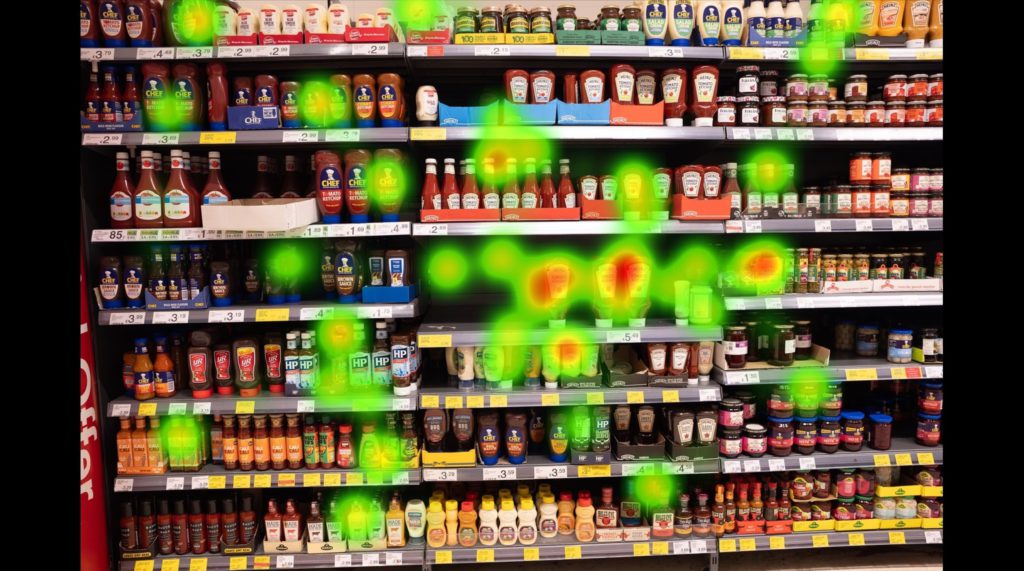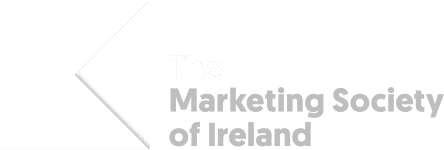Can an empty shelf actually increase purchasing? 🤔
Consumers have become conditioned over time to expect perfectly manicured store aisles, in which they experience an information overload as a result of the products.
Considering this we wanted to investigate whether a little scarcity on the shelf could actually increase purchase? So we tested the performance of scarce shelves vs. full shelves for the same set of products to put this theory to the test. And the results were interesting, but should be taken in context…
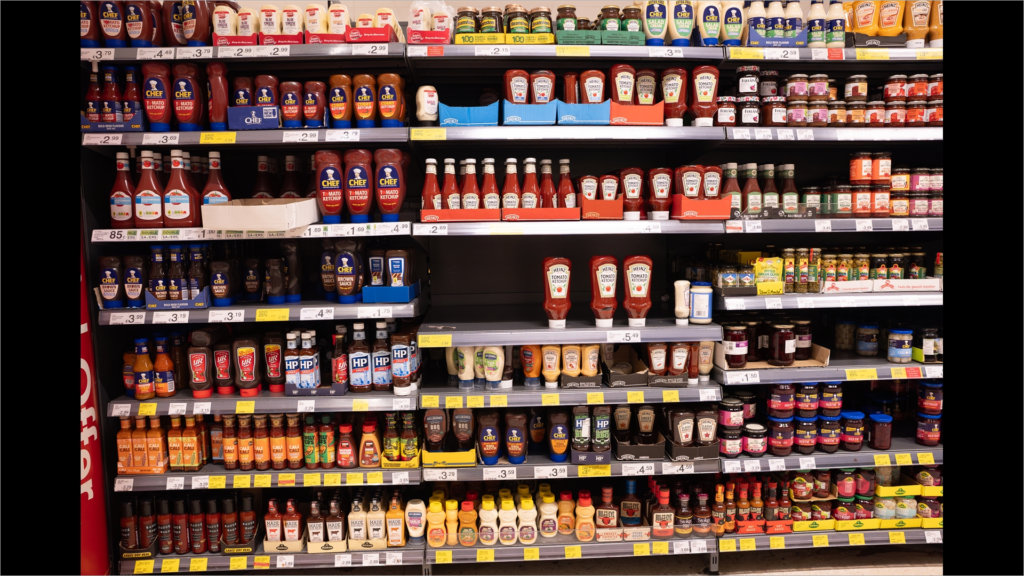
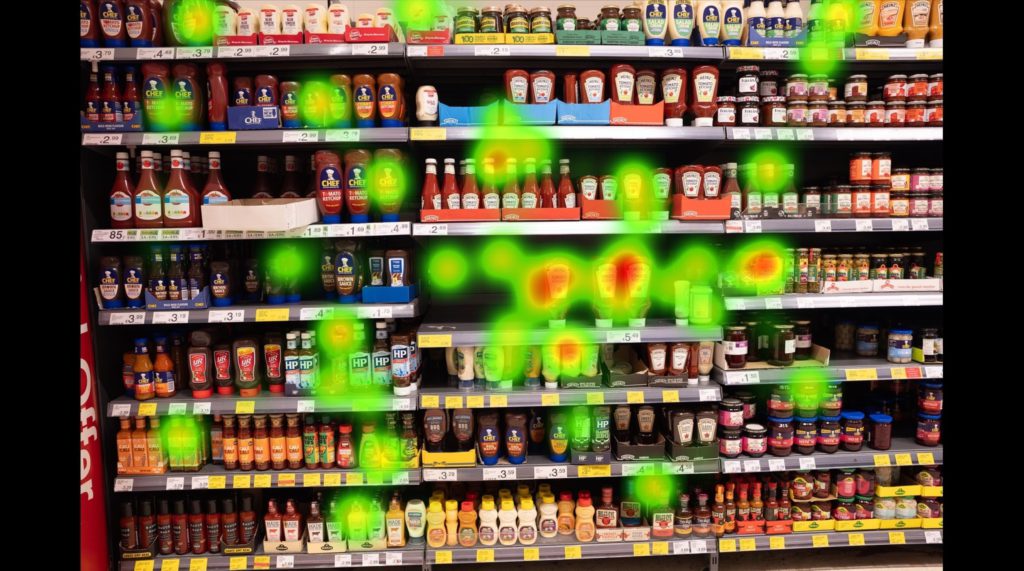
From a visual attention perspective, the empty shelf created contrast which attracted bottom-up attention from consumers. Furthermore the ‘deadspace’ around the products created a ‘frame’ around which they oriented focal attention – driving performance.
🎯 Emptier shelf locations were +1.5X Faster to Locate
👁 Shelves with empty space consumed +11% of Total Viewing Time
👀 ‘Scarce’ shelf space was fixated on over 80% more than full shelves & received +35% return visits
From a cognition perspective, the scarcity of the products on the shelves increases the sense of urgency experienced within the brain. This is guided by the quality implied through Social Proof. The amygdala is activated due to feelings of surprise and urgency, and the nucleus accumbens heighten the perceived value, but just at the end pre-frontal areas suggesting that the response is ‘primitive’ in nature.
📈 ‘Emptier’ shelf space saw +14% in Desirability – measured through Approach-Avoidance
💶 Shelves where products were missing received +21 % in Self-Reported Purchase Intent
However it is important to stress, this effect needs to be used sparingly for optimal impact. It does not mean that brands or retailers should suddenly start emptying shelves and expect to increase sales. The effect works within certain contexts. It’s power is in it’s novelty, by overusing it you will diminish it’s impact.
Our recommendation is to use for specific use cases like promotional offers, discounts or where products are strongly associated with seasonality or major events.
